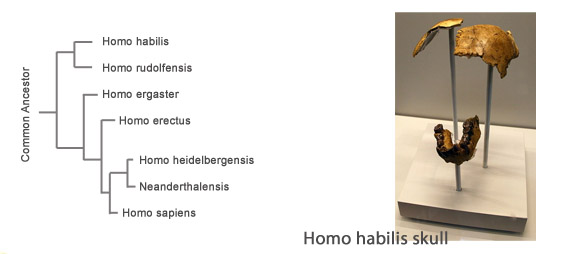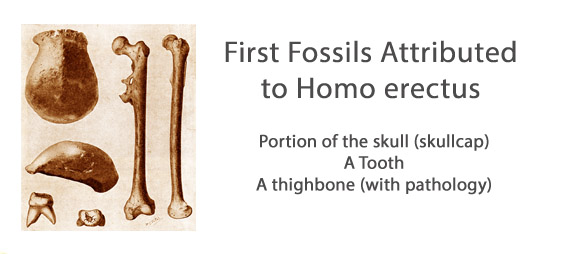Homo floresiensis - Homo erectus - Fully Human
A common problem with fossils attributed to the human lineage is that they are assembled from fossils beds containing both ape and human fossils. The result can be a fossil that is a mixture of ape and human bones and this, of course, looks like a transitional fossil. But there is more. There are two other factors that lead to mischaracterization of fossils as ape-human transitions: pathologies and normal variation.
Homo floresiensis is so small that it is also known as "The Hobbit." Found in Indonesia, floresienis stood just 3 feet 6 inches tall, had short femur bones (legs), and a cranial capacity of 420 cm3. Here was a new human species that lived 18,000 years ago. Or was it?
It's interesting that there are pygmies living near the site where the Hobbit was found. The conditions on the island lead to a pathologies resulting from island dwarfism, inbreeding, and reductive selection, collectively referred to as insular dwarfism Insular dwarfism is a well-known condition among mammals. It is described in the book "Contested Bones:"
"Mammals living on an island can become smaller over generations. This is typically seen in island-dwelling species with access to a limited food supply. Such dwarfed populations are reproductively isolated many generations, and must survive for long periods, undernourished and in very small populations." - (page 88)
The result is inbreeding, genetic drift, and deleterious mutations with selection favoring small size (as seen in the pygmies living there now). Homo floresiensis is fully within the known physical variation of humanity, with the pathologies expected from insula dwarfism.
Home erectus
"While Erectus is clearly human, it is not a normal human. Erectus was very much like Neanderthal--but displaying evidence of various pathologies. Many Erectus skulls are disturbing-0-showing diverse abnormalities and asymmetrics." - (page 55)
"There is strong evidence that the bones commonly referred to as Homo erectus are fully human individuals who suffered from various pathologies associated with such things as inbreeding, miutation, teratogens (developmental abnormalities), etc... Indeed, most of the classic features attributed to Erectus--including those found in the skull and face--have been found in modern humans." - (page 77)
Next: Trust Jesus, Not Darwin
Museum Exhibits: Darwin Dollars






